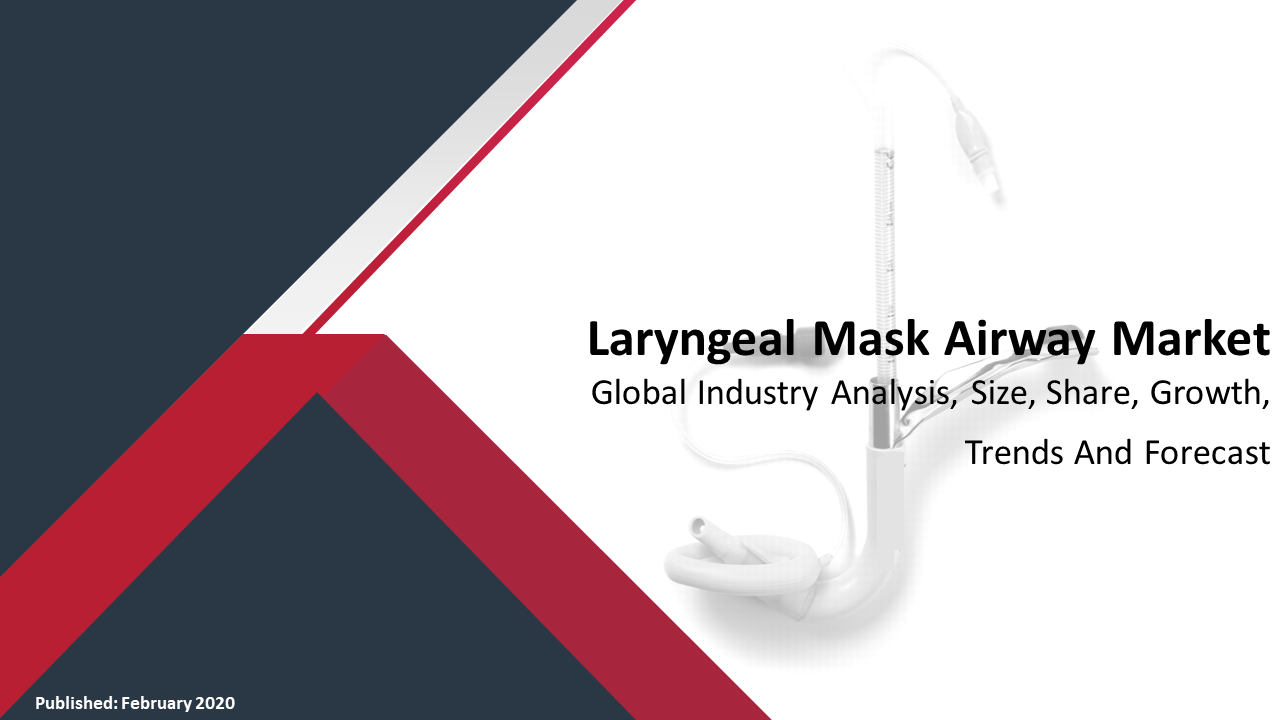The global cosmetic dentistry market size was valued at USD 6.87 billion in 2020 and is estimated to reach USD 27.3 billion by 2028, expanding at a CAGR of 4.89% during the forecast period, 2021–2028. The growth of the market is attributed to an increase in the population opting for the improvement of dental aesthetics.

Cosmetic dentistry is a process that requires treating individual's teeth and gums. It focuses on dental aesthetics in order to improve smiling aesthetics, teeth shape and size, alignment, and color. For the design and production of dental prosthesis and dental restorations, experts use software, such as CAD/CAM. It has a wide range of applications among end-users, particularly in dental tourism.
The COVID-19 pandemic outbreak has a considerable impact on market growth. During pandemic, cosmetic dentistry market was not functional due to lockdown and social distancing norms implemented by government agencies and companies. However, the market is expected to recover an uptrend operation soon owing to subsiding the COVID cases significantly across the globe.
Market Trends, Drivers, Restraints, and Opportunities
- Growing consumer awareness related to cosmetic dentistry is one of the key factors driving the market growth.
- Rising disposable income in developing regions is expected to boost the market growth in the coming years.
- Lack of reimbursement options for cosmetic procedures is expected to hamper the market growth during the forecast period.
- Expensive cost associated with dental imaging presents a major challenge. This is anticipated to hinder the market growth in the projected period.
- Development of technologically advanced solutions is projected to create significant growth opportunities for the market in the near future.
Scope of the Report
The report on the global cosmetic dentistry market includes an assessment of the market, trends, segments, and regional markets. Overview and dynamics have also been included in the report.
| Attributes | Details |
| Report Title | Cosmetic Dentistry Market - Global Industry Analysis, Growth, Share, Size, Trends, and Forecast |
| Base Year | 2020 |
| Historic Data | 2018–2019 |
| Forecast Period | 2021–2028 |
| Segmentation | Products (Inlays & Onlays, Orthodontic Braces, Dental Crowns & Bridges, Dental Implants, Dental Veneer, Bonding Agents, Whitening, and Dental Systems & Equipment [Dental CAM/CAD Systems, Dental Scaling Units, Instrument Delivery Systems, Dental Handpieces, Light Curing Equipment, Dental Chairs, Dental Lasers, and Dental Radiology Equipment]) |
| Regional Scope | Asia Pacific, North America, Latin America, Europe, and Middle East & Africa |
| Report Coverage | Company Share, Market Analysis and Size, Competitive Landscape, Growth Factors, and Trends, and Revenue Forecast |
| Key Players Covered in the Report | Sirona Dental Systems, Inc.; BIOLASE, Inc.; Planmeca Oy; A-dec Inc.; Danaher Corp.; Dentsply International, Inc.; 3M Co.; Zimmer Biomet Holdings, Inc.; Institut Straumann AG; and Align Technology Inc. |
Market Segment Insights
Dental systems & equipment segment to grow at a rapid pace
Based on products, the global cosmetic dentistry market is segregated into inlays & onlays, orthodontic braces, dental crowns & bridges, dental implants, dental veneer, bonding agents, whitening, and dental systems & equipment. The dental systems & equipment segment is further divided into dental CAM/CAD systems, dental scaling units, instrument delivery systems, dental handpieces, light curing equipment, dental chairs, dental lasers, and dental radiology equipment. The dental systems & equipment segment is expected to grow at a rapid pace during the forecast period attributed to its several applications in the cosmetic dentistry segment, such as dental chairs, handpieces, and CAM/CAD technology in numerous cosmetic procedures.

North America to constitute a key market share
In terms of regions, the global cosmetic dentistry market is classified as Asia Pacific, North America, Latin America, Europe, and Middle East & Africa. North America is expected to constitute a key share of the market during the projected period owing to the increase in number of individuals opting for procedures involved in cosmetic dentistry and technological advancement in the region. However, the market of Asia Pacific is anticipated to expand at a rapid pace during the forecast period attributed to the increasing amount of disposable income that is being generated across the region.

Segments
Segments Covered in the Report
The global cosmetic dentistry market has been segmented on the basis of
Products
- Inlays & Onlays
- Orthodontic Braces
- Dental Crowns & Bridges
- Dental Implants
- Dental Veneer
- Bonding Agents
- Whitening
- Dental Systems & Equipment
- Dental CAM/CAD Systems
- Dental Scaling Units
- Instrument Delivery Systems
- Dental Handpieces
- Light Curing Equipment
- Dental Chairs
- Dental Lasers
- Dental Radiology Equipment
Regions
- Asia Pacific
- North America
- Latin America
- Europe
- Middle East & Africa
Key Players
- Sirona Dental Systems, Inc.
- BIOLASE, Inc.
- Planmeca Oy
- A-dec Inc.
- Danaher Corp.
- Dentsply International, Inc.
- 3M Co.
- Zimmer Biomet Holdings, Inc.
- Institut Straumann AG
- Align Technology Inc.
Competitive Landscape
Key players competing in the global cosmetic dentistry market are Sirona Dental Systems, Inc.; BIOLASE, Inc.; Planmeca Oy; A-dec Inc.; Danaher Corp.; Dentsply International, Inc.; 3M Co.; Zimmer Biomet Holdings, Inc.; Institut Straumann AG; and Align Technology Inc. As part of their efforts to acquire a competitive advantage over competitors and expand their client base, manufacturers operating in the market have opted numerous strategic initiatives, such as collaborations, mergers & acquisitions, and partnerships. Moreover, companies are focusing on investment in R&D for launching new products and development to maintain their competitive positions in the market.
For instance, in March 2019, Benco Dental, the biggest privately held dental distributor in the United States, has agreed to distribute Align Technology's iTero Element Intraoral Scanners. The iTero Element scanner from the firm can assist dentists conduct a combination of orthodontic and restorative procedures with increased precision and visualization.


























